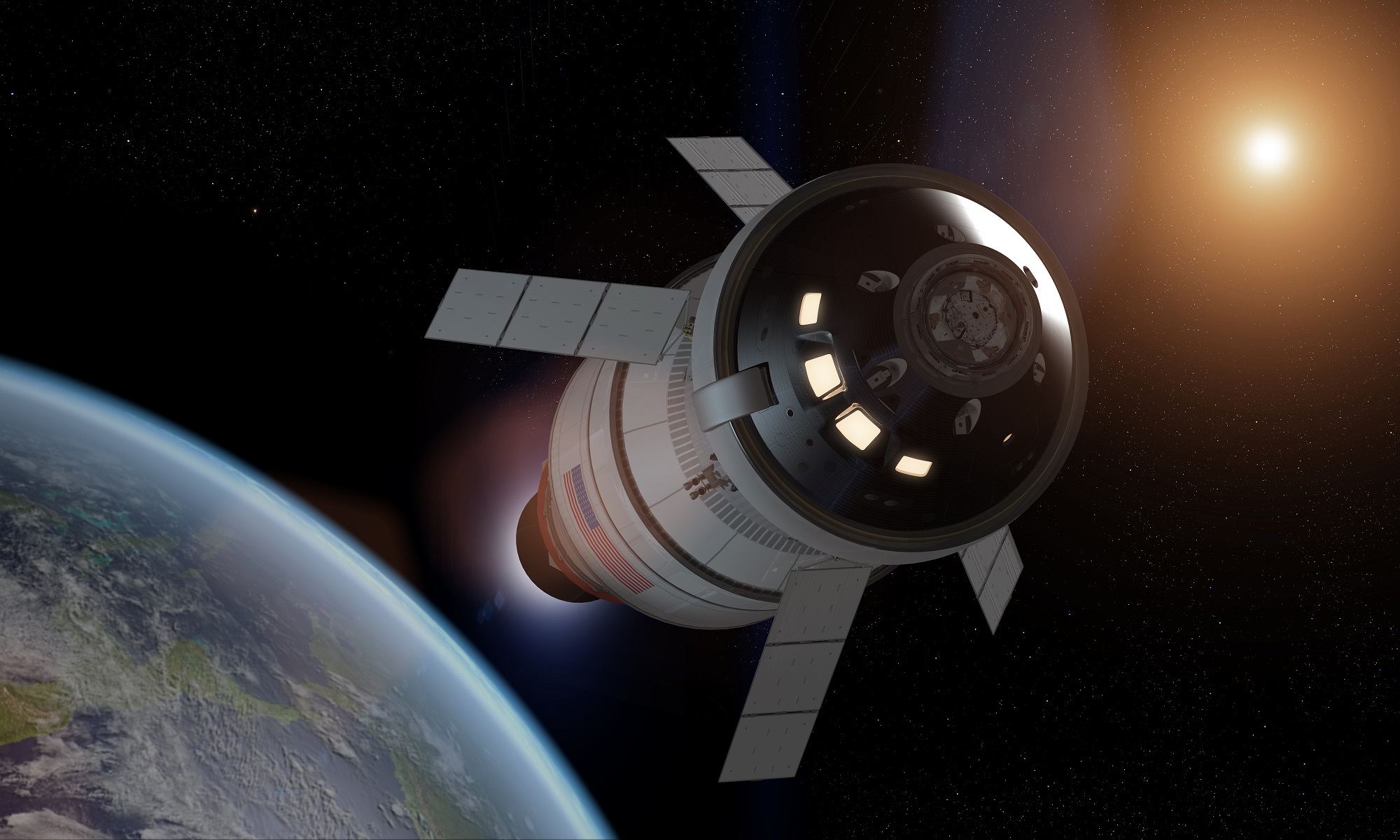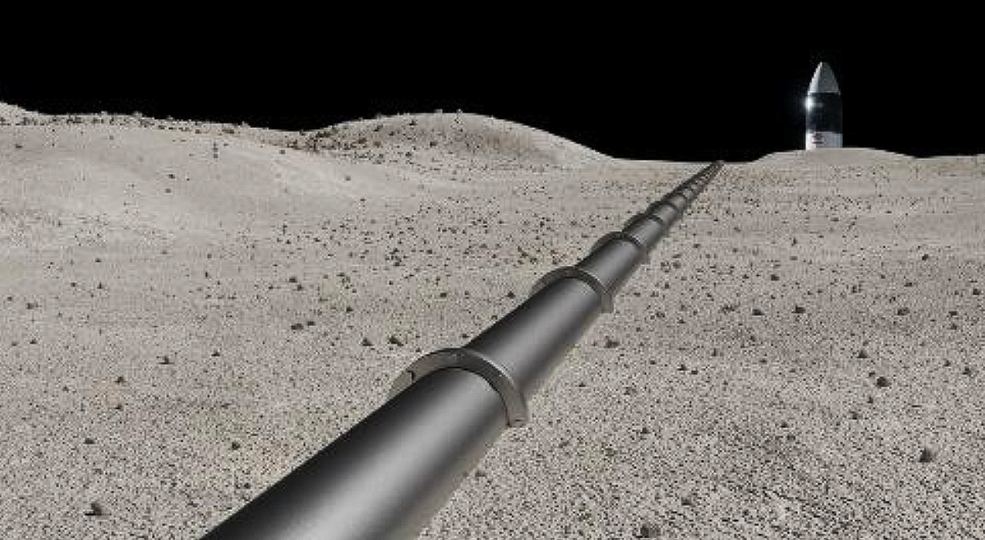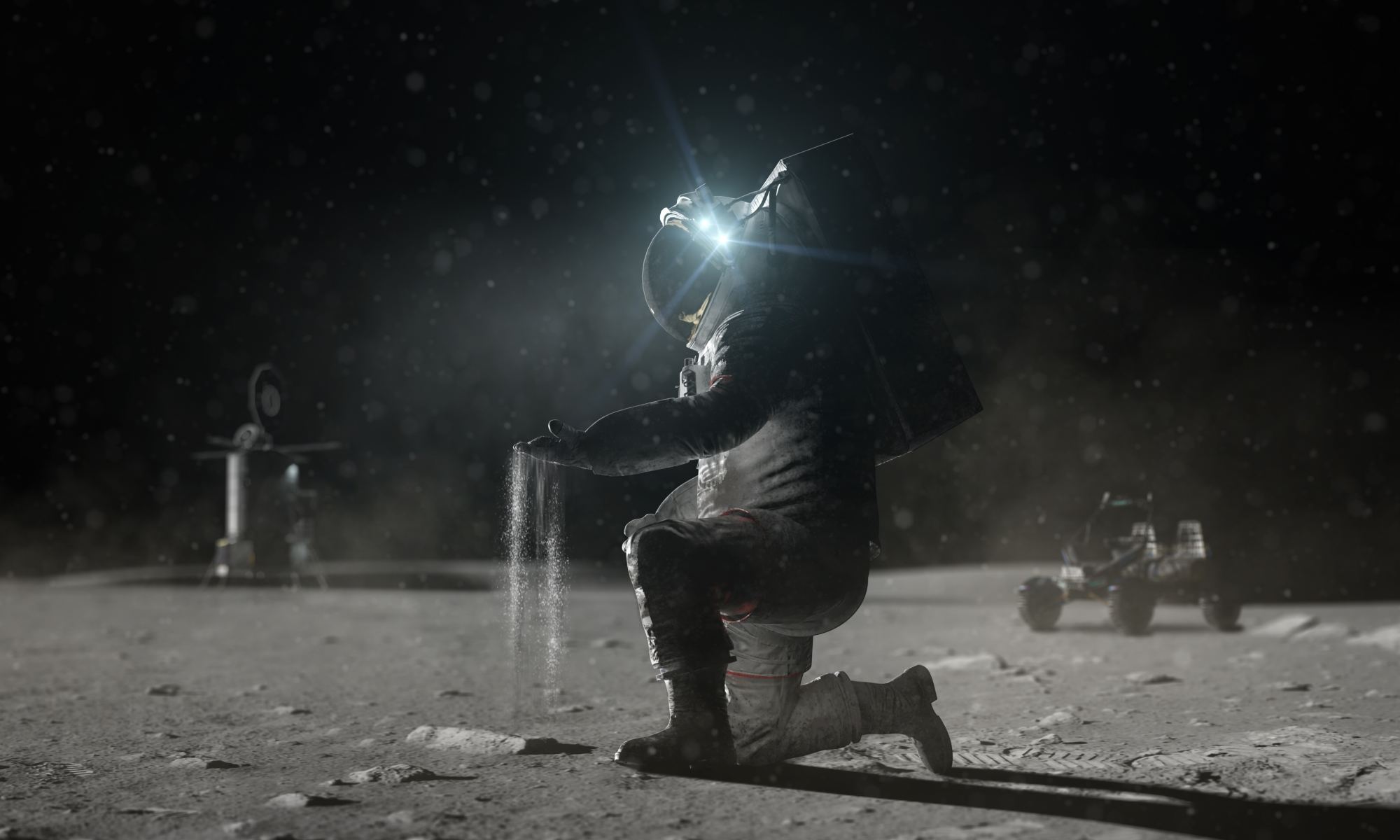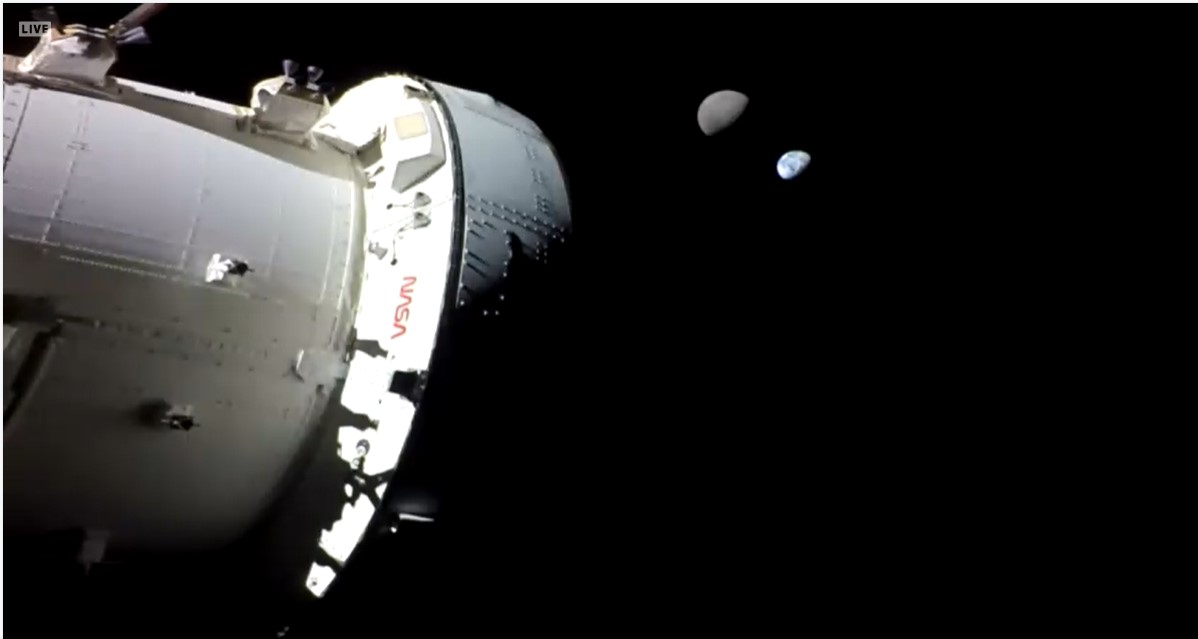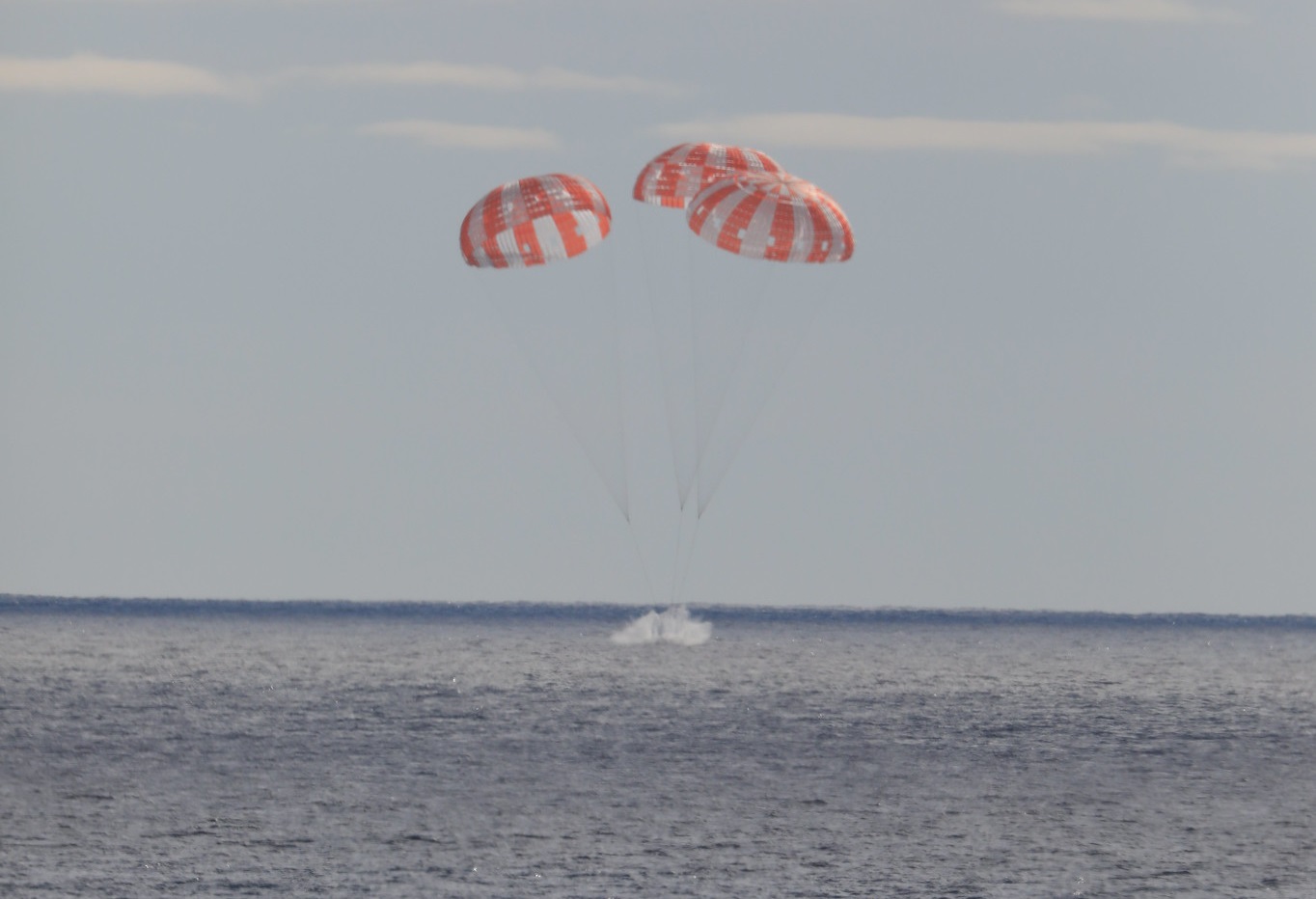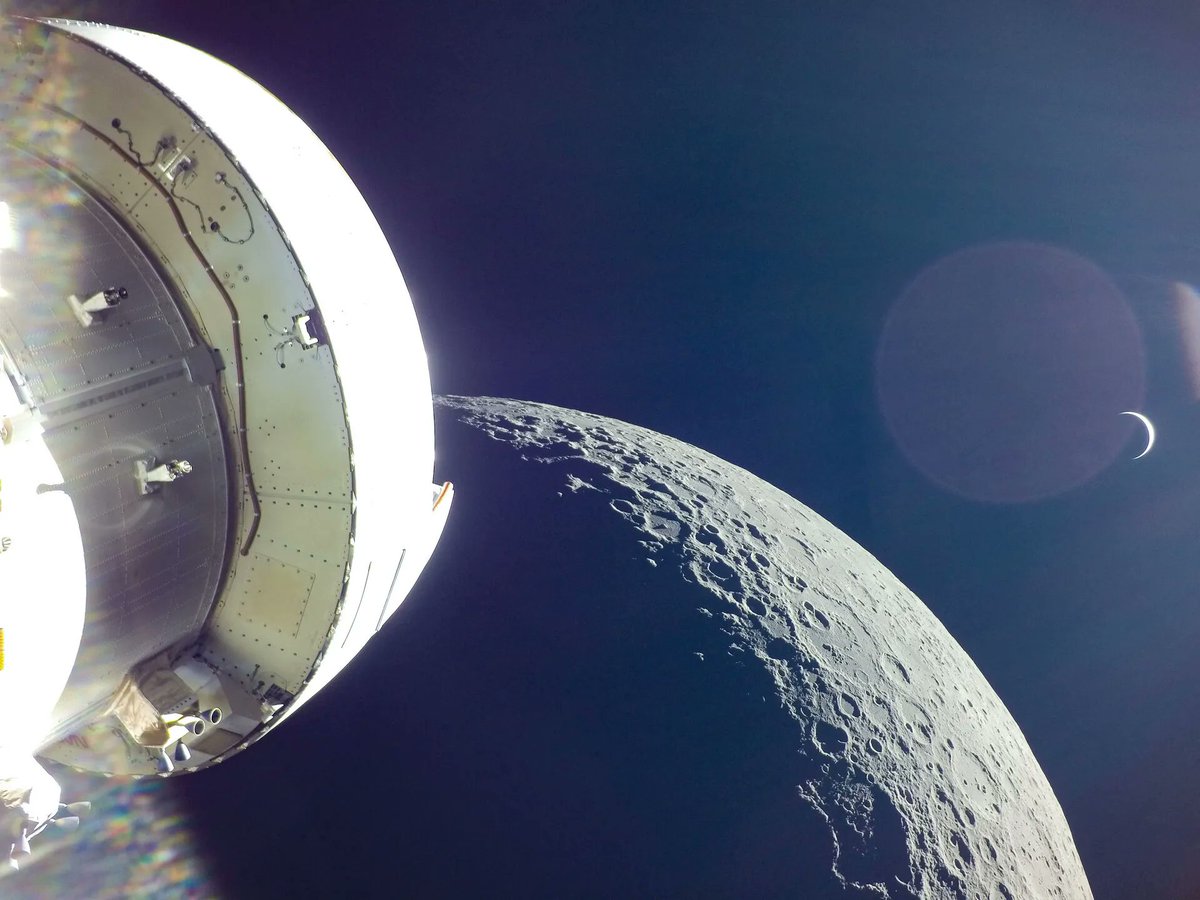In 2033, NASA and China plan to send the first crewed missions to Mars. These missions will launch every two years when Earth and Mars are at the closest points in their orbits (Mars Opposition). It will take these missions six to nine months to reach the Red Planet using conventional technology. This means that astronauts could spend up to a year and a half in microgravity, followed by months of surface operations in Martian gravity (roughly 40% of Earth gravity). This could have drastic consequences for astronaut health, including muscle atrophy, bone density loss, and psychological effects.
Aboard the International Space Station (ISS), astronauts maintain a strict exercise regimen to mitigate these effects. However, astronauts will not have the same option while in transit to Mars since their vehicles (the Orion spacecraft) have significantly less volume. To address this challenge, Professor Marni Boppart and her colleagues at the Beckman Institute for Advanced Science and Technology are developing a process using regenerative cells. This work could help ensure that astronauts arrive at Mars healthy, hearty, and ready to explore!
Continue reading “Study Shows How Cells Could Help Artemis Astronauts Exercise”
